In this code snippet from TensorFlow tutorial Basic text classification,
model = tf.keras.Sequential([
layers.Embedding(max_features + 1, embedding_dim),
layers.Dropout(0.2),
layers.GlobalAveragePooling1D(),
layers.Dropout(0.2),
layers.Dense(1)])
As far as I understood, max_features is the size of vocabulary(with index 0 for padding and index 1 for OOV).
Also, I've done an experiment by setting layers.Embedding(max_features, embedding_dim), the tutorial can still successfully run through(screenshots below).
So why do we need input_dim=max_features + 1 here?




